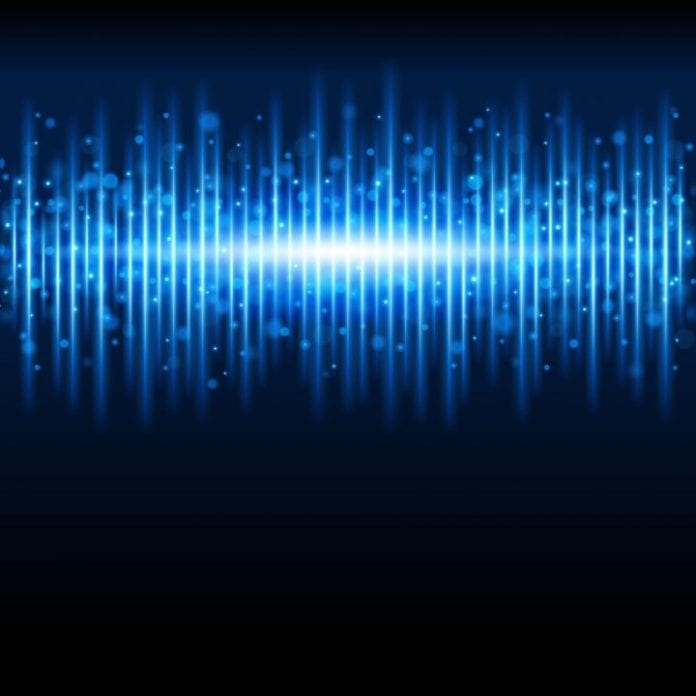LAA also deployed in Russia by MTS
As operators around the world work to add capacity to mobile networks, a consummate limitation is the availability of spectrum. To address this crunch, innovative technologies like Licensed Assisted Access (LAA), which aggregates an unlicensed band with licensed carriers to create a bigger data pipe, are seeing an uptick in global adoption.
Case in point: Hong Kong’s regulatory body the Communications Authority (CA) this week opened up the 5 GHz band, typically associated with Wi-Fi, for use by mobile operators. The CA on June 4 said it would open up 580 megahertz in the 5150-5250 MHz, 5250-5350 MHz, 5470-5725 MHz and 5725-5850 MHz frequency ranges.
According to a CA spokesperson, the “decision will enable Hong Kong to become one of the first few economies in the world to adopt advanced mobile technologies, such as [LAA}, in the 5 GHz shared band for the provision of higher speed public mobile services.”
Hong Kong-based operators currently have access to 552 megahertz of spectrum in the sub-3 GHz range, according to CA. The decision this week is the result of a “public consultation” process that began in February.
With the decision, “MNOs may apply to the CA for the use of the concerned band on a shared basis to provide public mobile services through necessary amendments to their unified carrier licenses,” according to the CA spokesperson.
LAA, along with multi-channel carrier aggregation, 256 QAM and 4X4 multiple-input, multiple-output (MIMO), are key technologies that enable provisioning of gigabit LTE services, which global carriers are rapidly building-out to provide a surround for early 5G deployments in an effort to provide service continuity for users moving in and out of 5G hot spots.
In Russia, Qualcomm and Ericsson worked with local operator MTS to deploy LAA on a live network resulting in download speeds in the 700 Mbps range. According to Ericsson, MTS is using Ericsson radio equipment and software, 256 QAM, four-channel carrier aggregation and 4X4 MIMO. Specific to LAA, MTS used 20 megahertz of licensed spectrum and three 20 megahertz unlicensed channels.
“LAA will allow us to build gigabit LTE networks quickly and cost-effectively in places with active traffic consumption, where operators do not always have enough available frequencies in the licensed spectrum,” MTS VP of Technology and IT Andrey Ushatsky said. “This is the first LAA network in Russia and Eastern Europe and an important milestone on the way to 5G.”

